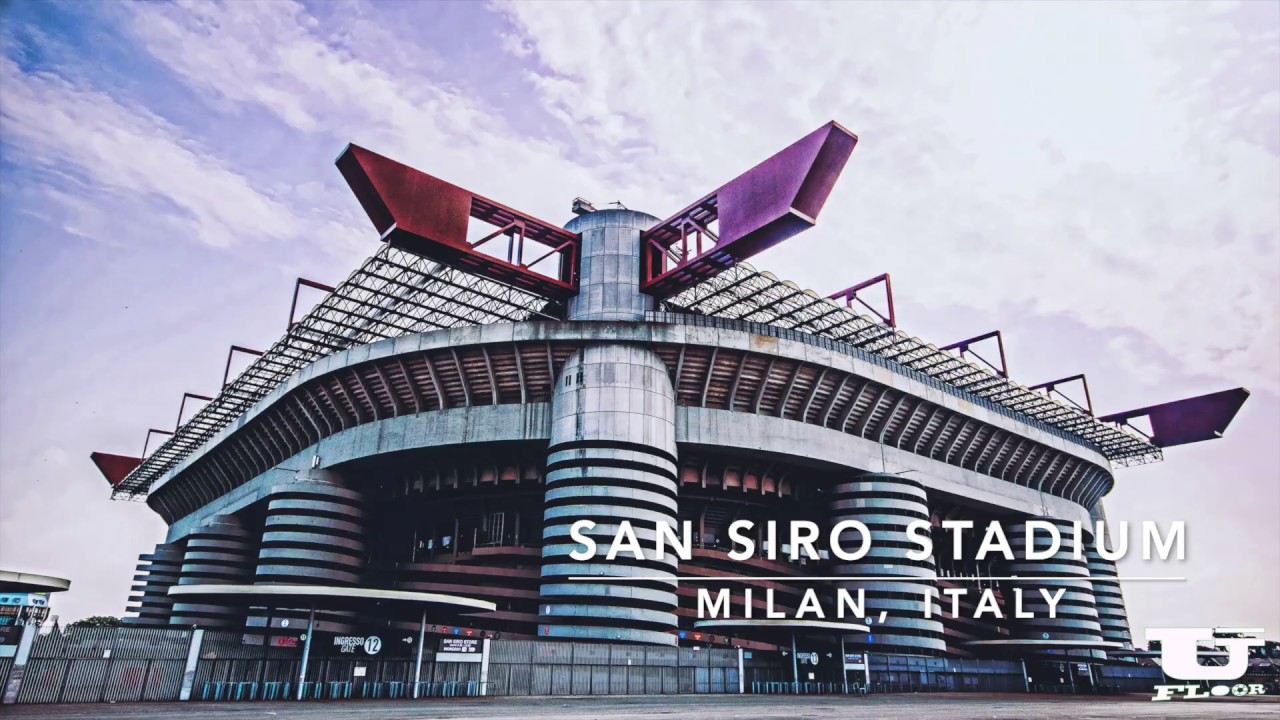The future of Milan`s iconic San Siro stadium, officially known as the Stadio Giuseppe Meazza, has been the subject of intense debate and complex legal battles for years. Both AC Milan and Inter Milan have expressed a desire for a modern venue, either through renovating the existing structure or building a completely new stadium elsewhere. A significant hurdle in this process has been the potential declaration of the current stadium as a cultural heritage site, which could severely restrict any development or demolition plans.
In a recent, potentially pivotal development in this long-running saga, the Italian Ministry of Culture has weighed in on a crucial detail: the exact date from which a specific cultural constraint period should be calculated. This date is critical because Italian law includes provisions for automatic cultural interest assessment for structures after 70 years.
The Contested Date
The Ministry has confirmed November 10, 1955, as the relevant date. This aligns with the date previously indicated by the Soprintendenza (the local cultural heritage authority). Why this specific date? According to the Ministry and Soprintendenza, this was the day the stadium`s second ring was officially tested and certified. Only with this final testing completed, they argue, could the work on that significant structural addition be considered finished. Consequently, the 70-year period for potential cultural interest assessment, based on the age criterion, would logically begin from this point.
A Boost for the Clubs?
This ministerial confirmation appears to favor the football clubs` position, at least concerning the immediate application of the age-based cultural constraint. By setting the clock start date to November 1955, it suggests that the stadium is not yet automatically subject to the 70-year protection period, providing slightly more flexibility—or at least, delaying this particular automatic trigger—for their future stadium plans.
Opposition Mounts
Unsurprisingly, this decision has not gone unchallenged. Local neighborhood committees and preservation groups, notably the «Sì Meazza» committee, have strongly opposed the November 1955 date. They argue that the stadium`s cultural significance predates this and that the date chosen by the authorities is «erroneous, arbitrary, and unjustified.» Their stance is that the stadium already possesses cultural heritage value, and any moves towards selling or altering it are attempts to bypass existing protective regulations.
As part of their legal challenge, the committees presented historical photographs and newspaper clippings reportedly showing the stadium already in use in June 1955. Their aim was to demonstrate that the second ring was functionally complete and the stadium operational well before November.
Ministry`s Counter-Argument: Evidence Backs Their Date
In a twist that feels distinctly Italian in its bureaucratic logic, the Ministry of Culture stated that the very evidence provided by the committees—the photos from June 1955—actually supports *their* chosen date. According to the Ministry, these images confirm that while the stadium may have been partially used, the structural work on the second ring, crucial for its completion and official testing, was indeed not finished by June 1955. Therefore, the November date, marking the completion and testing, stands as the correct starting point for the assessment period.
The Path Ahead: Court and Council
This ministerial opinion carries significant weight as the dispute heads to the Regional Administrative Court (TAR). A hearing is scheduled for Tuesday, where the court will consider the arguments, and the Ministry`s confirmation of the date is expected to heavily influence the court`s evaluation, potentially ruling in favour of the clubs` position regarding this specific dating issue.
Meanwhile, Milan`s Mayor, Beppe Sala, is reportedly pushing to accelerate the process of selling the stadium to Milan and Inter. He has called a meeting with majority group leaders for Monday, aiming to bring the sale proposal to the City Council soon thereafter to solidify the agreement politically. However, despite the potential legal win on the date technicality, the overall battle over the stadium`s future and heritage status is far from over. Expect more debate and opposition as the saga continues to unfold through courts and council chambers.

